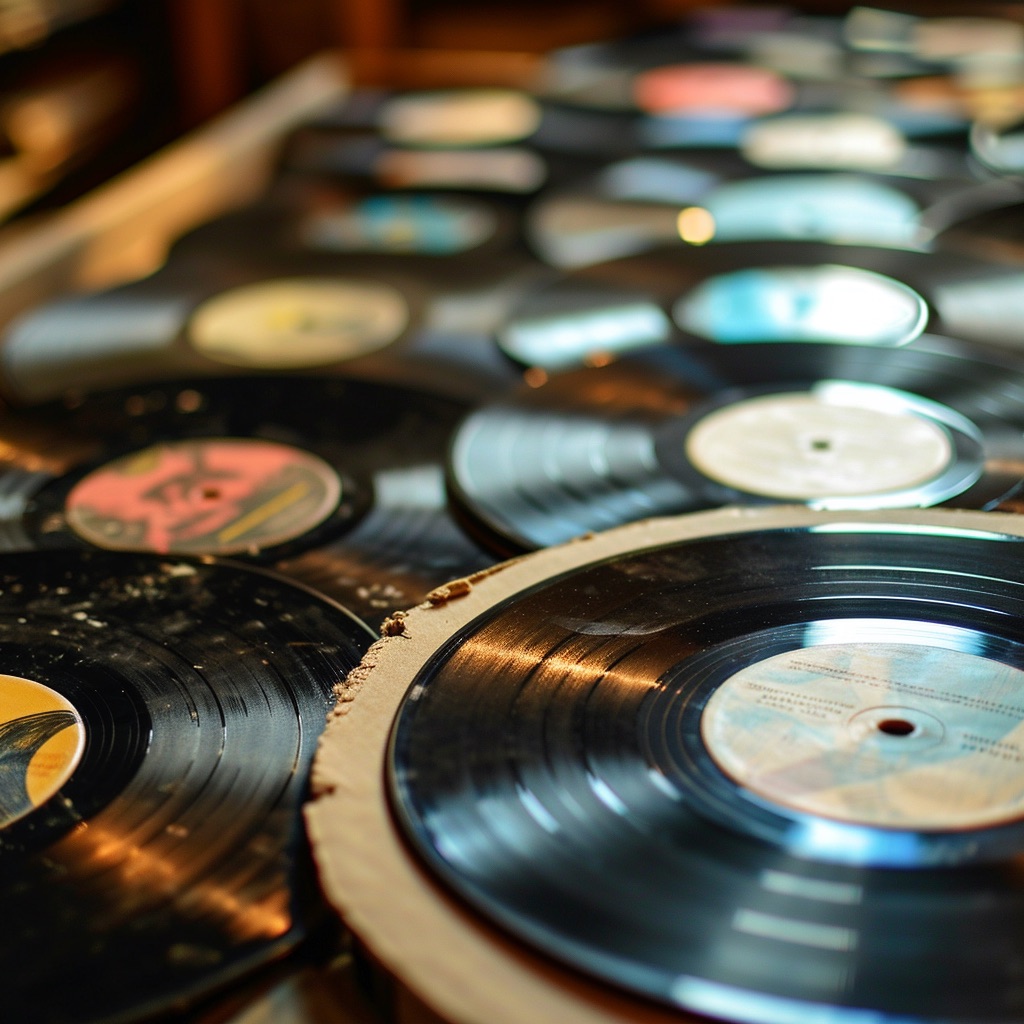What’s the Difference Between an EP and an LP?

Diving into the dynamic realm of music, it becomes crucial for aficionados and industry insiders to distinguish between various music release formats. Among the most common terms in this sphere are EP (Extended Play) and LP (Long Play), each signifying a unique type of music release.
This exploration will shed light on the differences between EPs and LPs, unraveling their historical roots, purposes, and how they continue to hold significance in today’s digital-driven music world.
Historical Context and Definitions
The Origin of EPs and LPs
- LP (Long Play): The term LP dates back to the late 1940s. It originally referred to vinyl records that played at 33 1/3 revolutions per minute (rpm). These records could hold more music than the earlier 78 rpm records, typically up to 60 minutes.
- EP (Extended Play): EPs emerged in the 1950s as a middle ground between single songs (singles) and full-length albums (LPs). They usually contain 3-5 tracks and are shorter than an LP but longer than a single.
Purpose and Usage
Why Artists Release EPs and LPs
- EPs: Artists often use EPs to introduce new music without the commitment of a full album. They are perfect for showcasing a new style or experimenting with sounds. EPs are also a strategic choice for emerging artists to gain exposure without the extensive resources needed for an LP.
- LPs: LPs represent a more comprehensive body of work. They are often thematic or conceptual, showcasing an artist’s range and depth. LPs are traditionally seen as a significant artistic statement and are essential for established artists.
Contemporary Relevance
EPs and LPs in the Digital Age
- Changing Formats: With the advent of digital music, the physical constraints defining EPs and LPs are less relevant. Now, these terms more commonly refer to the amount of content rather than the format.
- Marketing and Strategy: In today’s streaming-dominated market, EPs have gained popularity. They allow artists to maintain visibility and engage listeners without the long gap between full-length albums. LPs continue to hold value for in-depth artistic expression.
Conclusion
Understanding the differences between an EP and an LP is more than grasping historical formats; it’s about appreciating the strategic and artistic choices artists make in presenting their work.
While their physical origins might be less relevant in the digital era, the EP and LP continue to play distinct roles in the music industry, shaping how artists connect with their audiences and express their artistic visions.
Whether you’re an emerging musician planning your next release or a music aficionado, recognizing these nuances enhances your appreciation of the artistry and strategy behind music production.